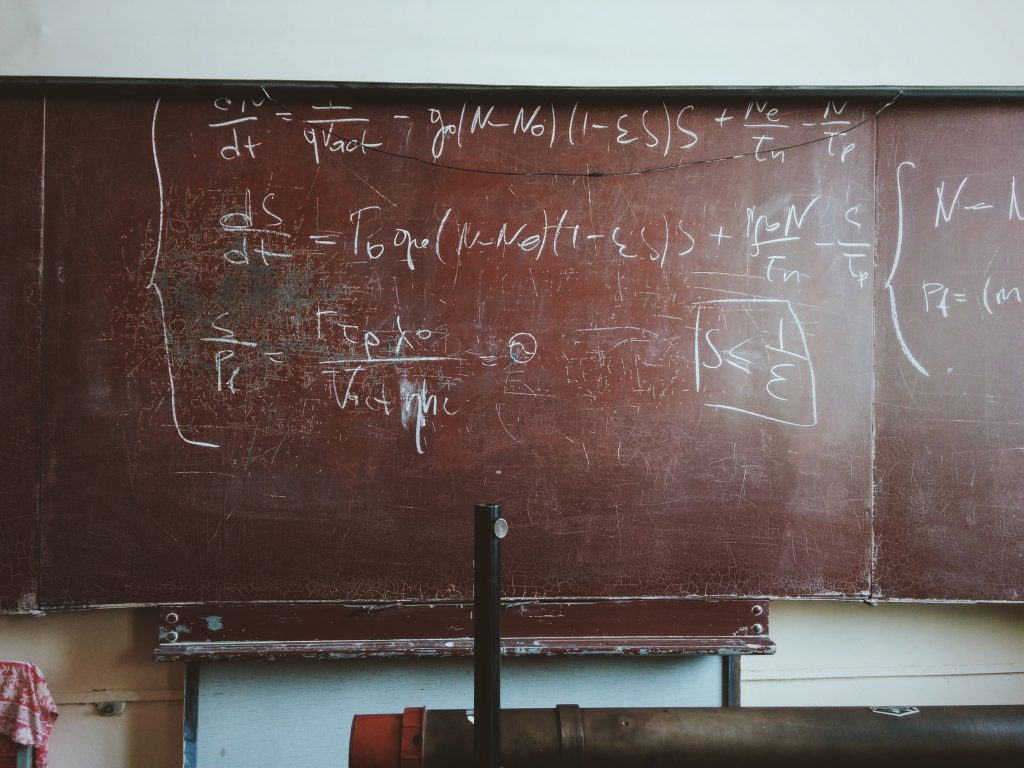As we settle into October, many start turning their attention towards the fall and Halloween. Scientists turn their attention to the announcement of the Nobel Prizes. This year’s Nobel Prize in Chemistry was awarded to Jennifer Duoba and Emmanuelle Charpentier for their work on CRISPR DNA-editing technology, which you can read about on Sciworthy here. One of the most interesting traditions associated with the Nobel Prize is that there is no time limit to receiving it. Living scientists can receive this recognition for their work regardless of when the work was completed. Another one of the 2020 Nobel Prize winners in Physics, mathematician Roger Penrose, demonstrated the importance of this tradition with his now famous work on black holes.
Early in the 20th century, Einstein published his famous Theory of Relativity, which united our concepts of space and time to produce a new concept, space-time. This theory introduced concepts such as black holes, gravitational waves, neutron stars, and a phenomenon called time dilation, which is the change in time you would experience under increased gravity.
Then, in 1939, famous researchers Oppenheimer and Schnider produced an evidence-based model of what a dust cloud would look like when collapsing down into a single point of infinitely dense energy, called a singularity. (If you are having trouble visualizing this, think about what it would look like if a star collapsed.) This model was supposed to represent a black hole and provide mathematical proof for its physical existence. However, the mathematics behind it could only prove its existence in conditions that were physically impossible. So, there was still great debate at that time as to whether or not a singularity could exist in nature, let alone in the middle of a black hole. Because of this debate, Einstein’s Theory of Relativity was still in doubt, as the scientific community did not yet have enough evidence, physical or otherwise, to back it up.
Enter mathematician Roger Penrose, a professor at Birkbeck College in London in 1964. In an interview with The Nobel Prize, Penrose explains that he was fond of Oppenheimer and Schnider’s research and thought that it provided an important foundation in the exploration of black holes and the Theory of Relativity. However, it is known that when investigating the original dust cloud model Oppenheimer and Schnider devised, Penrose argued against some of their original ideas, as their model was not consistent with the universe we live in. The Oppenheimer and Schnider model of a cloud collapse was only valid if the dust cloud had symmetry. Penrose desired to find a solution that was more applicable to real world examples. He wanted proof that an asymmetrical, physically plausible dust cloud could undergo a collapse into a singularity.
Penrose had a moment of eureka one day in 1964 while thinking about Oppenheimer’s model. If he could prove that there was a “point of no return” upon which dust will undoubtedly collapse into a singularity, then singularities would be possible in all systems. He went home that evening and wrote out his collapse equations in order to formulate his new model. It included an important new concept which was key to it’s validity, called a trapped surface, which represented a point in 3D space at which the gravity was too great for a collapsing particle to escape. The addition of a trapped surface variable in the math equations created new models which responded as predicted. He demonstrated that singularities could exist in both symmetric and asymmetric systems, and thus marrying Einstein’s Theory of Relativity to the physical phenomena of black holes. This provided concrete evidence for the veracity of Einstein’s theory and elevated its acceptance in the scientific community.
While this paper was groundbreaking in its ability to unite Einstein’s Theory of Relativity and what the models predicted about the physical universe many questions remain in the study of gravity. Scientists are still trying to find the relationship between, and potentially unify, Einstein’s Theory of Relativity and the physics that occur at a singularity. The mere existence of a singularity seems impossible to quantify, let alone exist, because it is a single dimensionless point. Some scientists believe Einstein’s theory breaks down all together at a singularity, and therefore are looking to create a new theory of “quantum” gravity that can explain the physics at a singularity. Regardless, Penrose’s work was incredibly important to the understanding of our universe, but will we ever know all there is to know about gravity? Only space-time will tell.


